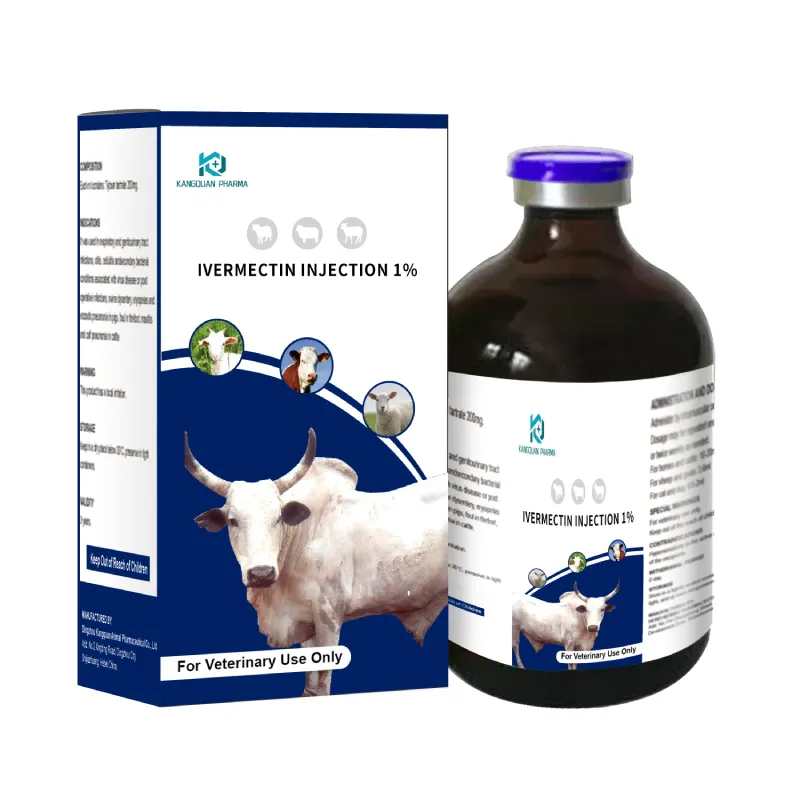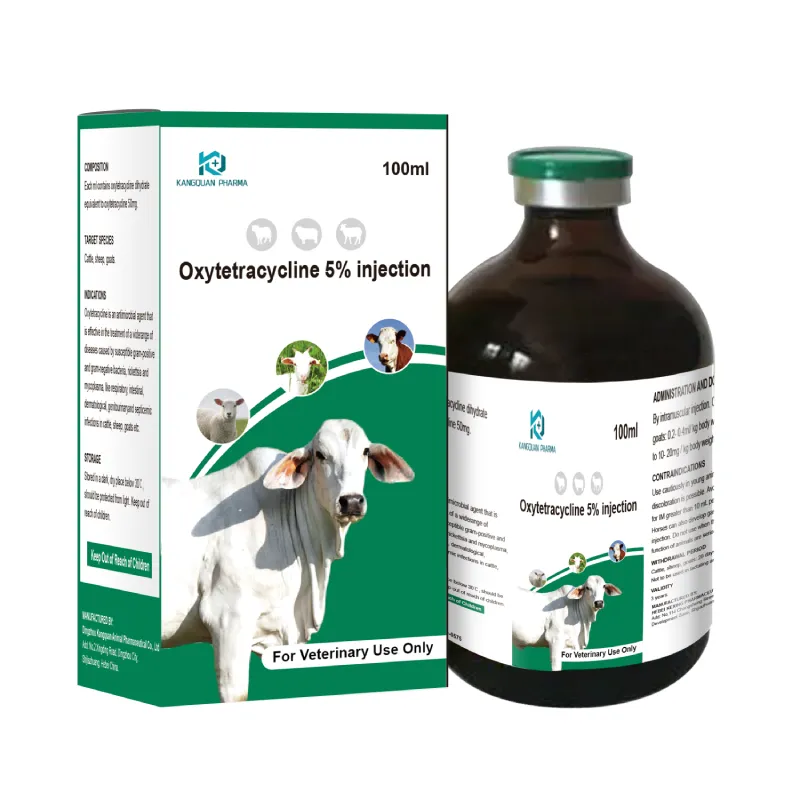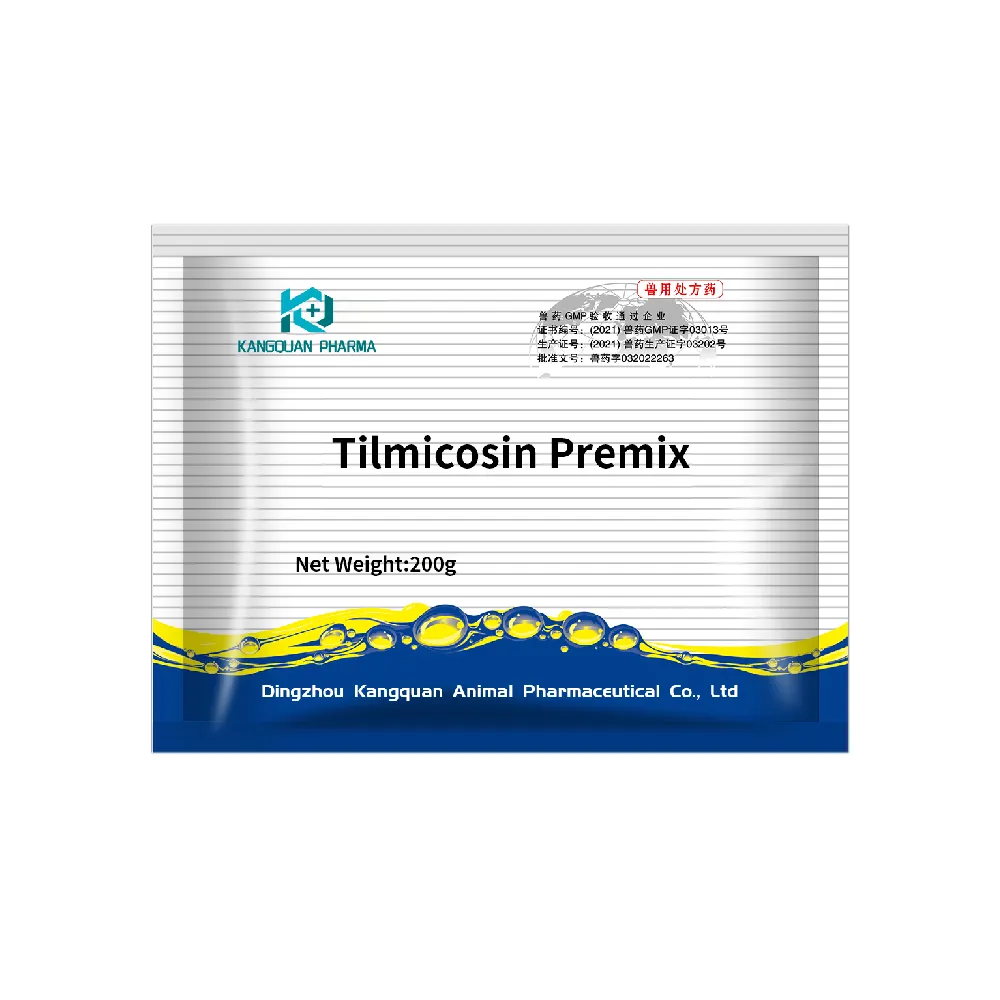- Afrikaans
- Albanian
- Amharic
- Arabic
- Armenian
- Azerbaijani
- Basque
- Belarusian
- Bengali
- Bosnian
- Bulgarian
- Catalan
- Cebuano
- Corsican
- Croatian
- Czech
- Danish
- Dutch
- English
- Esperanto
- Estonian
- Finnish
- French
- Frisian
- Galician
- Georgian
- German
- Greek
- Gujarati
- Haitian Creole
- hausa
- hawaiian
- Hebrew
- Hindi
- Miao
- Hungarian
- Icelandic
- igbo
- Indonesian
- irish
- Italian
- Japanese
- Javanese
- Kannada
- kazakh
- Khmer
- Rwandese
- Korean
- Kurdish
- Kyrgyz
- Lao
- Latin
- Latvian
- Lithuanian
- Luxembourgish
- Macedonian
- Malgashi
- Malay
- Malayalam
- Maltese
- Maori
- Marathi
- Mongolian
- Myanmar
- Nepali
- Norwegian
- Norwegian
- Occitan
- Pashto
- Persian
- Polish
- Portuguese
- Punjabi
- Romanian
- Russian
- Samoan
- Scottish Gaelic
- Serbian
- Sesotho
- Shona
- Sindhi
- Sinhala
- Slovak
- Slovenian
- Somali
- Spanish
- Sundanese
- Swahili
- Swedish
- Tagalog
- Tajik
- Tamil
- Tatar
- Telugu
- Thai
- Turkish
- Turkmen
- Ukrainian
- Urdu
- Uighur
- Uzbek
- Vietnamese
- Welsh
- Bantu
- Yiddish
- Yoruba
- Zulu
Nov . 07, 2024 16:24 Back to list
Understanding Antibiotics for Dogs and Their Proper Usage
Understanding Antibiotics for Dogs A Comprehensive Guide
Antibiotics play a crucial role in veterinary medicine, just as they do in human healthcare. They are medications designed to combat bacterial infections, which can pose serious health risks to our furry companions. Understanding the use, benefits, and potential risks of antibiotics in dogs is essential for pet owners.
What Are Antibiotics?
Antibiotics are substances that either kill bacteria or inhibit their growth. They are primarily used to treat infections caused by harmful microorganisms. In dogs, antibiotics can be prescribed for a variety of conditions, including skin infections, urinary tract infections, respiratory infections, and dental issues. It's important to note, however, that antibiotics are ineffective against viral infections, such as the common cold or canine parvovirus.
Common Types of Antibiotics for Dogs
Veterinarians may prescribe different classes of antibiotics based on the type of infection
. Some commonly used antibiotics include- Penicillin Effective against several bacterial infections, penicillin is often used for skin infections or respiratory diseases. - Cephalexin This is a broad-spectrum antibiotic that treats skin infections, bone infections, and urinary tract infections.
- Amoxicillin Frequently used in dogs, amoxicillin can treat a range of infections, including ear infections and certain types of pneumonia.
- Doxycycline Often utilized for tick-borne diseases and respiratory infection, doxycycline is another effective antibiotic in veterinary medicine.
antibiotics dog

The choice of antibiotic depends on the specific infection, the dog's health status, and the presence of any allergies.
Benefits of Antibiotics
One of the primary benefits of antibiotics is their ability to effectively eliminate bacterial infections, helping dogs recover from illness more quickly and effectively. When prescribed correctly and administered as directed, antibiotics can significantly improve a dog's quality of life and prevent the spread of disease.
Moreover, antibiotics can reduce the risk of complications that may arise from untreated infections. Early intervention with antibiotics can often prevent a minor issue from becoming a more serious and potentially life-threatening condition.
Risks and Considerations
While antibiotics are essential in treating bacterial infections, they are not without risks. Overuse and misuse of antibiotics in dogs can lead to antibiotic resistance, making infections harder to treat in the future. It's vital for pet owners to administer antibiotics only when prescribed by a veterinarian and to complete the entire course, even if the dog appears to be feeling better.
Side effects are also a concern. Some dogs may experience allergic reactions, gastrointestinal upset, or alterations in gut flora. Symptoms like vomiting, diarrhea, or lethargy after starting a course of antibiotics should be reported to a veterinarian immediately.
Conclusion
In conclusion, antibiotics are a valuable tool in veterinary medicine for treating bacterial infections in dogs. As responsible pet owners, it's crucial to understand their proper use, benefits, and potential risks. If you suspect your dog has an infection, consult your veterinarian for a thorough examination and appropriate treatment plan. Proper use of antibiotics not only promotes your dog's health but also contributes to the broader goal of preventing antibiotic resistance. By working together with your vet, you can ensure your furry friend receives the best possible care.
-
Guide to Oxytetracycline Injection
NewsMar.27,2025
-
Guide to Colistin Sulphate
NewsMar.27,2025
-
Gentamicin Sulfate: Uses, Price, And Key Information
NewsMar.27,2025
-
Enrofloxacin Injection: Uses, Price, And Supplier Information
NewsMar.27,2025
-
Dexamethasone Sodium Phosphate Injection: Uses, Price, And Key Information
NewsMar.27,2025
-
Albendazole Tablet: Uses, Dosage, Cost, And Key Information
NewsMar.27,2025













